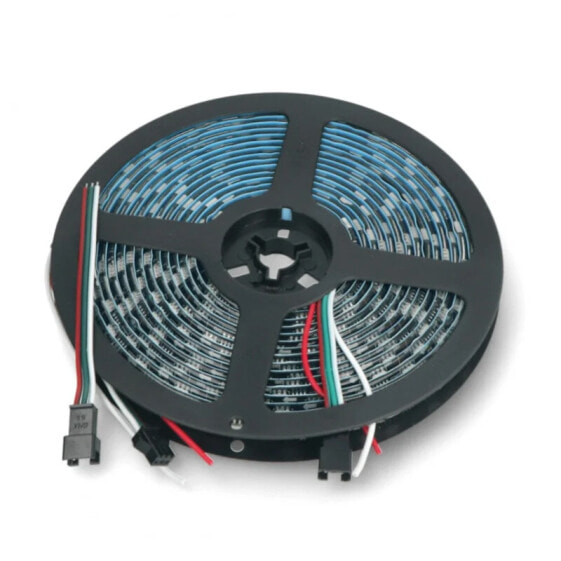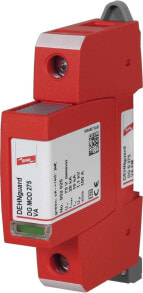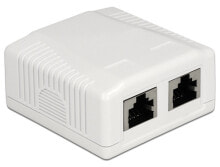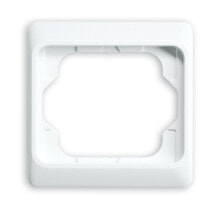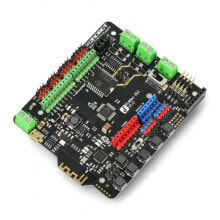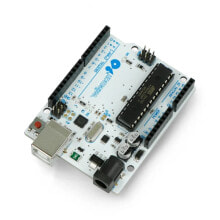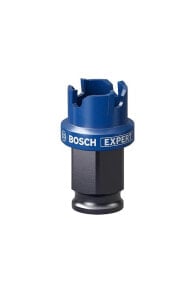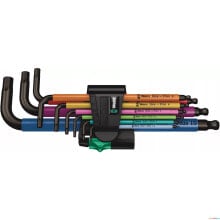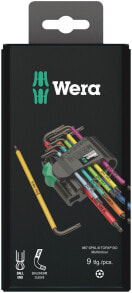Характеристики
- Напряжение до
- 12.0 V
- Напряжение от
- 12.0 V
- LED - светодиоды
- 60 per meter
- Класс герметичности
- IP65
- Светодиодный объектив
- Четкий
- Светодиодно - цифровой
- yes
- Длина волны светодиода
- RGB
- Светодиодный - цветной
- RGB
Общие характеристики
- светодиодный тип
- WS2811
Прочие свойства
- Бренд
- OEM
Свойства
- Длина кабеля
- 5.0 m
Энергопитание
- Номинальная мощность
- 14.4 W
- Номинальное напряжение
- 12 V
Описание
Individually addressed RGB LEDs located in a 5 m strip with a density of 60 diodes per meter. Each pixel consists of three RGB LEDs and can emit a color from 24-bit palette. To use the module, one microcontroller's pin is sufficient. (for example,Arduino).
The LEDs are placed densely, at a distance of about. 17 mm so the brightness is high. The system is supplied with the voltage of 12 V, consumes about 1.2 A per meter (14.4 W). The circuit has the possibility of crossing every third diode.
The used communication protocol allows the serial connection of the LEDs. Another circuit should be connected to the output connector, connecting respectively 12V, GND and DOUT with DIN. The manufacturer notes that when working with more than 500 LEDs, in the system of the Arduino Unomay not be enough RAM. You should also note that every following matrix will require increasing the performance of the power source.
Connection
The device has a 3-pin connector consisting of the following conclusions:
- GND (white wire)- module weight
- 12V (red wire)- voltage supply, for one matrix, you should connect the source with the current delivery not less than 1.0 A for each meter of chain
- DIN (green wire)- digital control signal from the microcontroller
The product is compatible with Arduino and Raspberry Pi
- The Arduino library in GitHubfor NeoPixel modulesalong withthe connection examples,
- connection examplewith Raspberry Pi along with the code.
Installation of the Adafruit library for Arduino:
- Download the library fromthe website GtitHubby clicking the buttonDownload ZIP
- Unzip the downloaded ZIP file, the result should be the folder that contains the files: Adafruit_NeoPixel.cpp, Adafruit_NeoPixel.h and other subfolders
- Rename the main folder to: Adafruit_NeoPixel
- Move the entire folder to the directory that contains the Arduino library, by default, it should be on the path: /Documents/Arduino/Libraries
- Start the Arduino IDE again, the library will appear in the Menu: File -> Examples
First run - examples simple
- Run the test program by choosing in the Arduino environment:
- File -> Examples -> Adafruit_Neopixel -> simple
- Select the pin which will control the LEDs. By default, it is the pin 6:
- Line 11#define PIN 6
- Select the number of pixels that must be controlled. By default, it is 16:
-
- Line 14#define NUMPIXELS 16
- Upload a program into Arduino. Pixels should activate one after another, up to the amount specified in line 14.
- If you want to change the illuminating color, enter different values into the function:
- Line 40pixels.setPixelColor(and pixels.Color(0,150,0))In parentheses are the components of RGB, the maximum value of each is 255
- Change of the speed of illumination of individual pixels is possible by editing the value:
- Line 21int delayval = 500;
Panel WS2811 LED in combination with anArduino Uno.
Specification
- Supply voltage: 12 V
- Power: 14.4 W/m
- Current consumption: 1.2 A per 1 meter of chain for a single diode, with white color,
- The LEDs used in the: LED-RGB-SMD5050 WS2811
- The amount of addressed pixel: 3 LEDs
- Tape color: black
- Resistance to external conditions: IP65 (silicone cover)
- Chain length: 5 m
- Chain width: 10 mm
Useful links
- The Arduino library in GitHub
- System Ambilight TV Raspberry Pi + OSMC - dobreprogramy.pl
- Example of connecting to the Raspberry Pi
- User manual in the system Adafruit
